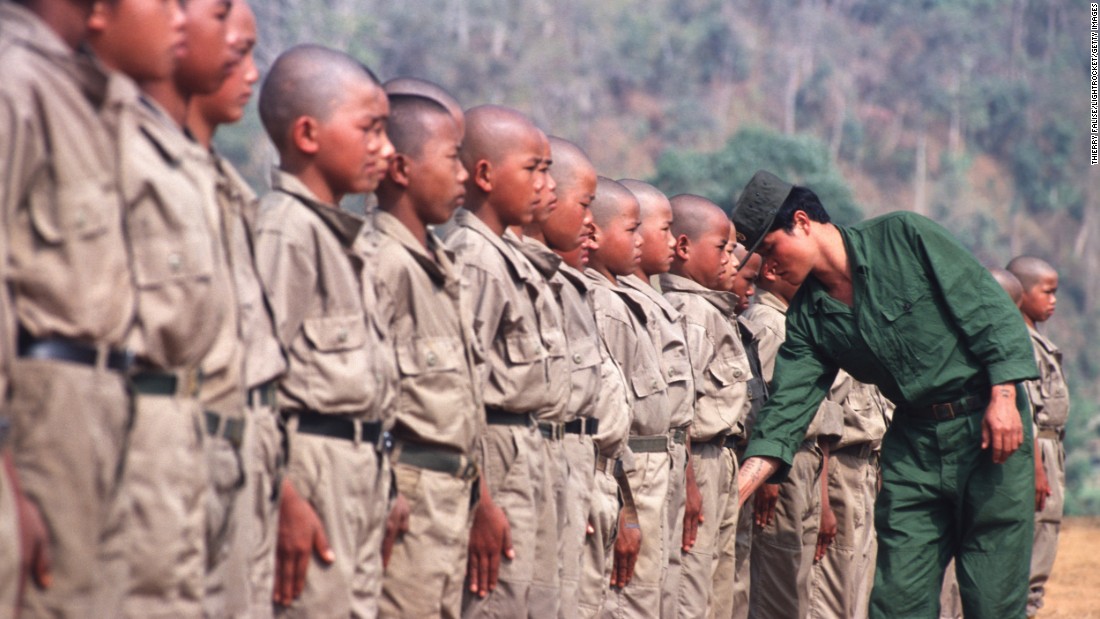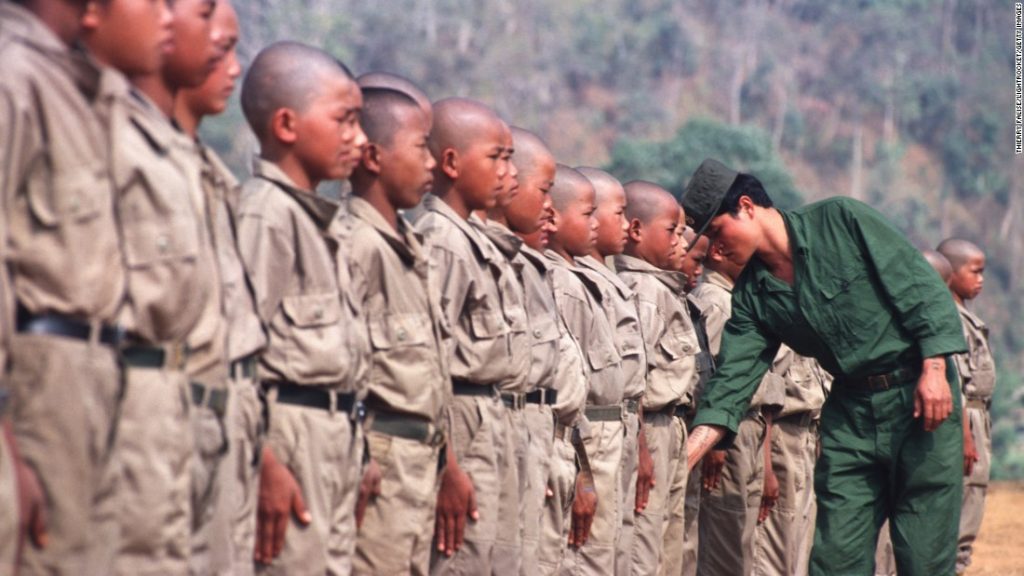From the air, Timbuktu, the fabled city of gold – once a key Arab-African trading post on the trans-Saharan caravan route, a lush oasis, a centre of Islamic culture and learning – is almost obscured by swirling clouds of dust, its pale mud houses and sandy streets barely distinguishable from the encroaching desert.

Timbuktu today is under threat not only by harsh environmental elements and drought, but by intensifying armed conflict, rampant criminality and deepening poverty.
“Insecurity and fear touch every aspect of our lives here,” a young resident told me. “We’re ready to flee at any moment, but in reality it’s hard to know where to flee to,” he said.
Tuareg separatists and Islamist armed groups who took control of Timbuktu and much of northern Mali in 2012 were scattered a year later by a French-led military operation. Yet they quickly regrouped, spreading the conflict from the north to central regions, as well as to neighbouring Burkina Faso and Niger.
In the absence of the State in many of these areas, armed groups readily exploit frustrations, deep-rooted grievances and tribal rivalries to their own financial or political ends. Banditry is thriving in the chaotic void.
As a result, people across Mali are in an increasingly perilous state. The humanitarian situation in northern areas is critical – among the worst the ICRC has seen since starting its operations there more than 20 years ago – and is getting steadily worse in central areas too.
I saw the suffering very clearly for myself. At the ICRC-supported hospital in the northern city of Gao, for example, I spoke with people suffering horrific injuries from land mines or IEDs. One widowed mother of 6 children who had lost both legs was being cared for in the nearby orthopaedic centre.
“It’s not safe to travel on the road,” one woman in the village of Toya, some 20km from Timbuktu on the banks of the Niger River, told me. “But what choice do we have?” she asked, adding that she had been robbed of her profits after selling fish at the market just a few days earlier.
Moreover, Mali’s neighbours are suffering too. Across the Sahel, connected and overlapping crises are affecting some 12 million people in 5 countries, triggering population movements, increasing tensions and sparking further violence. In a region where the population is expected to double in the next 30 years to around 160 million, there is a very real risk in years to come of a humanitarian crisis on an unprecedented scale.
So far, the crisis in Mali has eluded all diplomatic and military efforts to end it. A recent initiative, the “Joint Force G5 Sahel”- pooling military forces from Burkina Faso, Chad, Mauritania, Mali and Niger, with a command base in Mopti, central Mali – aims principally to combat cross-border threats by “terrorist groups” and drug trafficking.
Ultimately, genuine political will is needed to end this deep-rooted crisis. The challenge to find a solution is urgent – before the scale of suffering reaches new heights.

